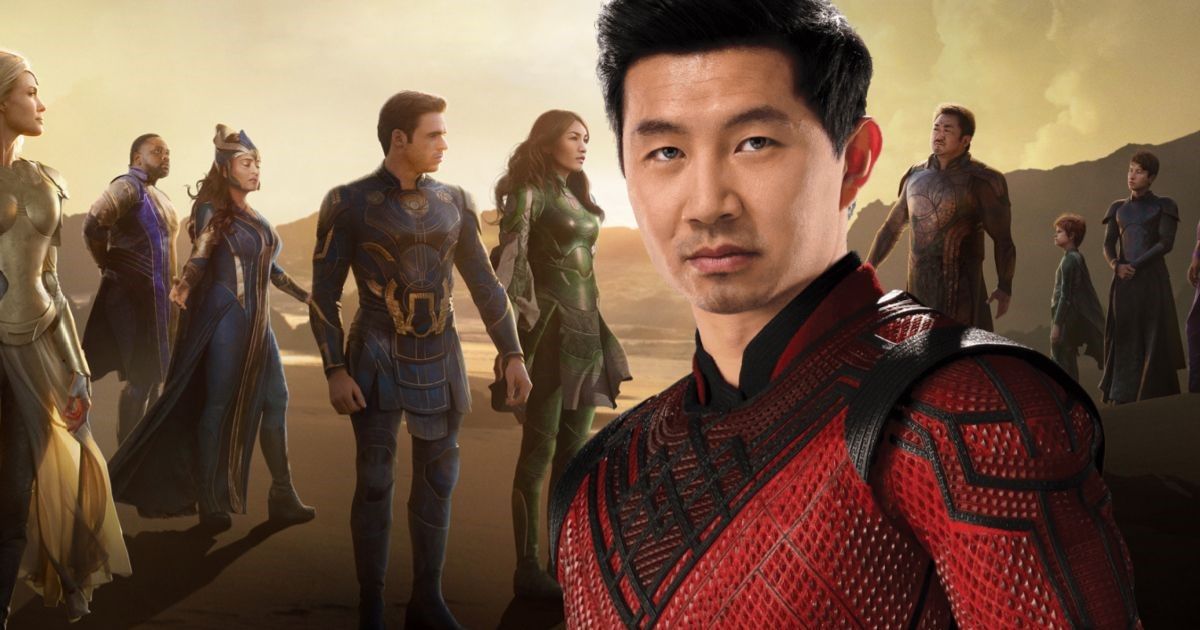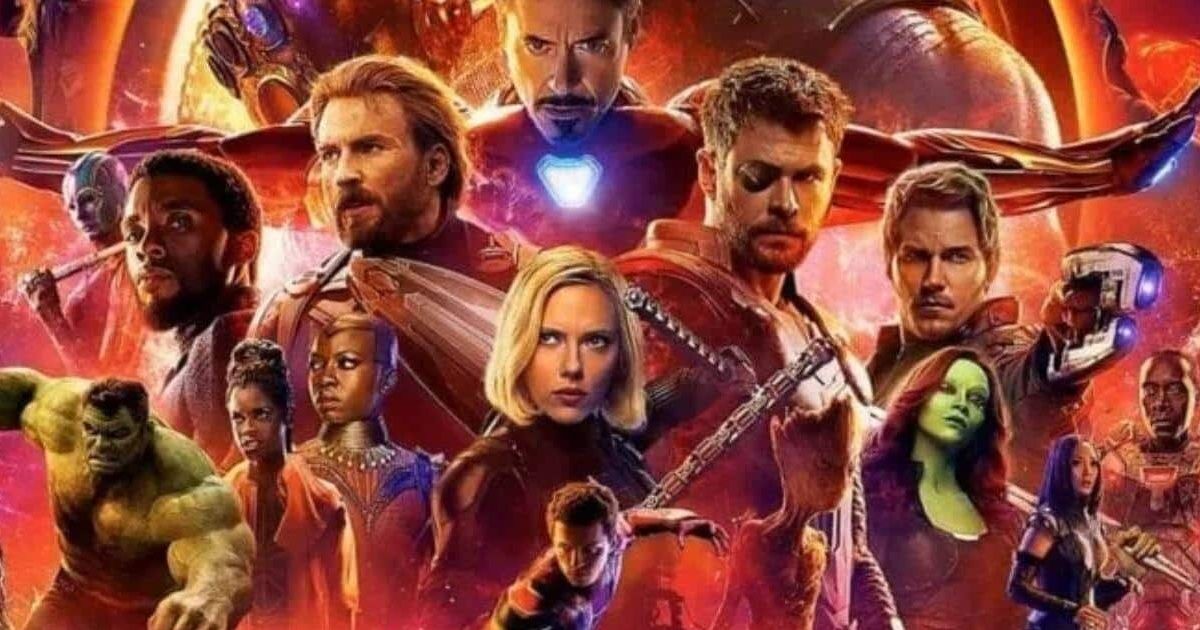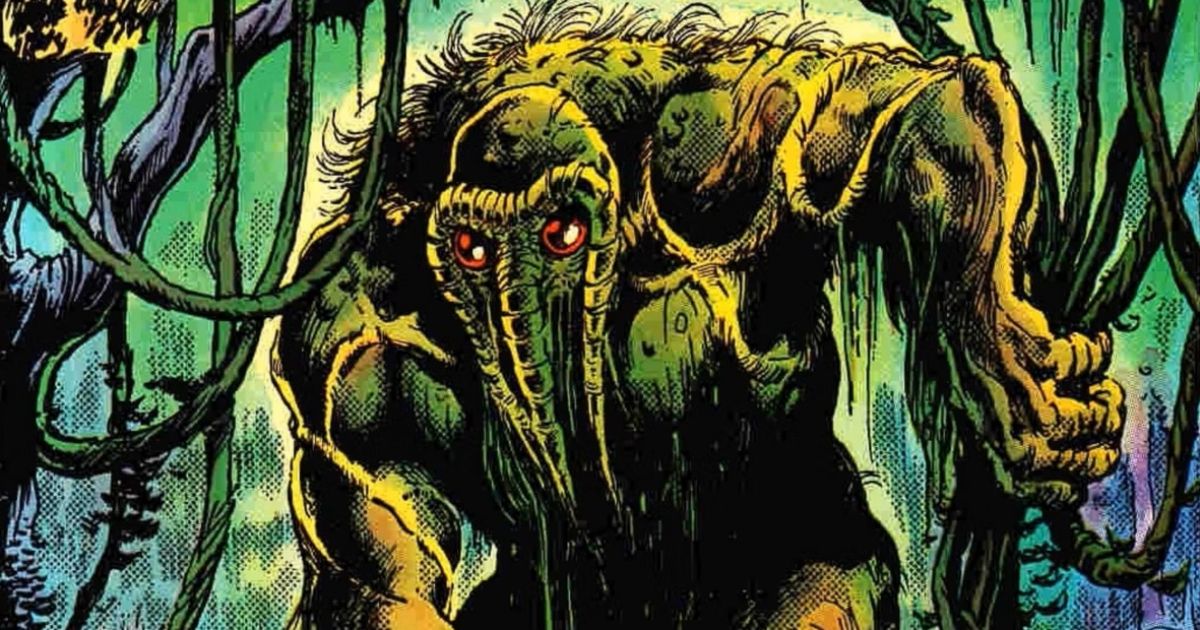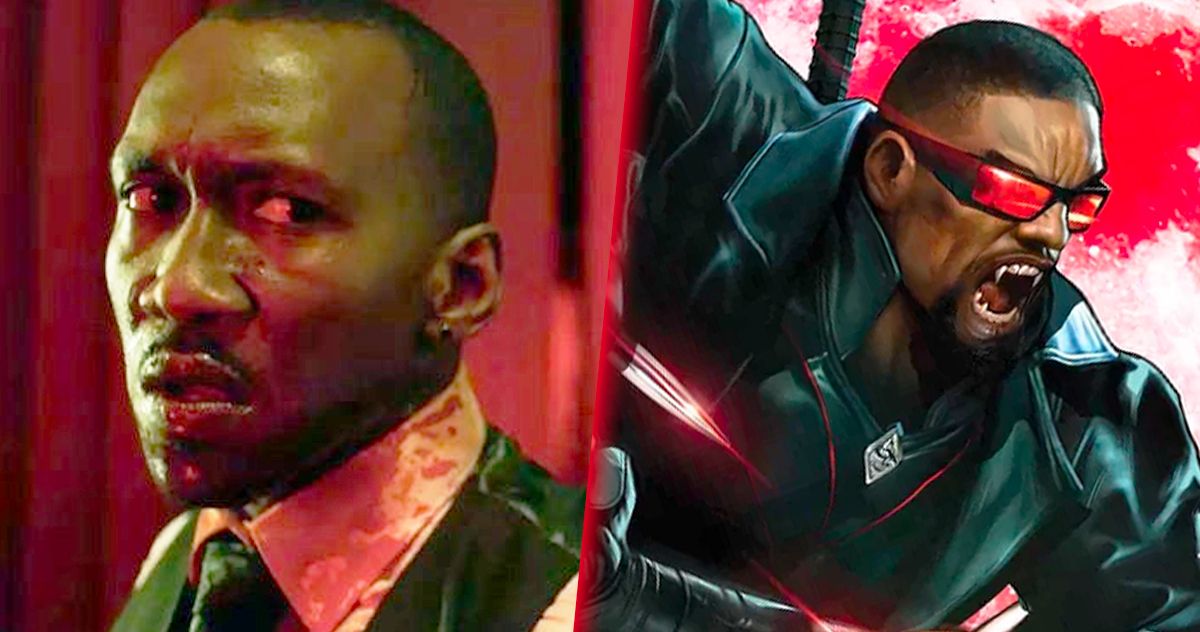One look at the next few phases of the MCU reveals a certain emphasis on characters created by Marvel during the 1970s. While there are a wide array of characters and concepts set to join the MCU, from one of the company's oldest heroes, Namor in Black Panther: Wakanda Forever, to the debut of the characters that launched the Marvel age with Marvel age with Fantastic Four to a new 21st-century creation like Ms. Marvel, there does seem to be a trend of characters appearing that were created at a specific time in Marvel Comics publishing.
Characters like Blade, Shang-Chi, Eternals, She-Hulk, Moon Knight, and upcoming additions like Werewolf by Night and Man-Thing show Marvel Studios digging into a decade of comics that saw the company expand outside its superhero titles. They were experimenting with different genres, seeing who or what could be classified as a superhero, and it appears Marvel Studios is looking to bring that same sense of freshness to the MCU for their Multiverse Saga.
Marvel's 1970s comics and cult heroes like the supernatural-themed Blade, martial arts expert Shang-Chi, and the alien demigods the Eternals will shape the MCU future and become an important part of the ever-expanding universe. Here's how.
The Infinity Saga was Shaped by Marvel's 1960s Comics
Phases 1 through 3 of the MCU make up what is known as The Infinity Saga. This 22-film storyline stretches from the release of Iron Man in 2008 to Spider-Man: Far From Home in 2019. The heroes that are the primary focus of this era are characters that were created during the 1960s, during the Marvel Age by creators like Stan Lee, Jack Kirby, Steve Ditko, Don Heck, Roy Thomas, and more.
Iron Man, Thor, Spider-Man, Black Panther, Doctor Strange, Scarlet Witch, Vision, The Hulk, Black Widow, Hawkeye, Nick Fury, and the superhero team The Avengers were all created during the early 1960s. While Carol Danvers did not adopt the moniker of Captain Marvel until 2012, the character Carol Danvers was created in 1968 as was Mar-Vell, the first hero to hold the title of Captain Marvel. Captain America might have been created in the 1940s, but it was his return during the 1960s that laid the groundwork for the characters.
1960s Marvel Comics were known for their imagination, bright colorful world, and how they changed what readers could expect from a superhero. It is fitting that the MCU made its identity on many of the heroes that shaped that age of comics and brought a certain sense of fantasy back to the superhero genre, which for years had been going for a more grounded aesthetic. Just as Marvel Comics changed superhero stories, the MCU changed superhero movies.
Marvel Comics in the '70s Pushed What a Superhero Could Be
In the 1950s, following widespread controversy about the potential impact comics had on rising criminal activity of troubled youth, the Comics Code Authority was founded. In favor of government regulation, the comics companies made their own self-governing board where they would submit comics for approval. The rules were very strict, and one major crackdown was on horror-themed comics and the occult not allowing in depictions of vampires or werewolves. But in 1971 the rules regarding supernatural-themed monsters loosed and shortly after Marvel started creating many horror-based characters. Meanwhile, the company was also making heroes to cash in on new cinematic trends like blaxploitation films and martial arts movies, and this led to the creation of heroes like Luke Cage, Shang-Chi, and Iron Fist.
This opened up a whole new avenue of stories, and while Marvel would still have traditional superheroes, they started offering more offbeat titles that became cult hits. Many of the characters that have been introduced in MCU Phase 4, or are set to be introduced in the franchise, originated during this phase in the 70s. Man-Thing was birthed into the world in 1971, just five months after the ban on monsters loosened. He was shortly followed by Werewolf by Night in 1972. Both Blade and Shang-Chi were introduced in 1973. Moon Knight debuted in 1975 and the following year, Jack Kirby created the Eternals in 1976. While officially debuting in 1980, She-Hulk's first appearance in February 1980 means she could qualify as a 70s creation as she was created due to the popularity of the 1970s The Incredible Hulk series.
Why Are These Characters Joining Now
What specifically has motivated Marvel Studios to incorporate these characters into the MCU now, as opposed to earlier in the place of heroes like Doctor Strange, Ant-Man, or the Guardians of the Galaxy? Well, one major factor is that Disney+ has opened up a whole new avenue of storytelling. Now, Marvel Studios has a platform to tell stories for characters whose origins might not fit the structure of a three-act film, but lend themselves to the episodic nature of television like She-Hulk or Moon Knight. A Halloween special allows for a quick one-off event that can experiment with the style and introduce smaller pulp heroes like Werewolf by Night and Man-Thing.
Meanwhile, on the film side, Shang-Chi has been a character Marvel Studios has been trying to make since the studio was founded, and he makes for a bold exciting new addition to Phase 4 to show that the studio still has plenty of characters and worlds to explore. The Eternals fill the hole left in the franchise that the Inhumans were likely originally intended to occupy before it was shifted from a movie to a poorly received television series. Blade had a successful series of films before, and his introduction into the MCU is a big deal in the same way that Spider-Man's arrival in Phase 3 was.
What These New Heroes Mean For the MCU
Unlike the characters of the Avengers, or the major characters like Doctor Strange, Black Panther, and Captain Marvel which represented core tenants of the emerging MCU, it begs the question of what this emphasis on heroes created during Marvel Comics' 1970s phase means for the future of the MCU. Is it all just a matter of the films repeating the comics, that the iconic Marvel character naturally gives way to these heroes?
An important aspect to note is that through Phase 4 and likely into the upcoming phases in the Multiverse Saga, there has been an emphasis on the history of the MCU, and learning ancient secrets previously unknown. Eternals showed audiences how life in the MCU is created, and that Earth has been watched over for 7,000 years. Shang-Chi and the Legend of the Ten Rings not only explored the ancient figure of Wenwu and the Ten Rings but also tied the film back to Phase 1 films like Iron Man and The Incredible Hulk. WandaVision and Doctor Strange in the Multiverse of Madness explored an ancient book of the damned and an ancient prophecy that threatens the entire multiverse. That ancient book is known as the Darkhold, which in the comics is responsible for the creation of vampires and werewolves.
But also, and more importantly, the characters created in the 1970s did not fit the traditional elements of a superhero. They were outsiders and never were the most popular comics compared to their traditional superhero counterparts. These were not traditional superhero stories like those found in Spider-Man comics, but instead drew from established film genres such as classic horror, martial arts, and ancient aliens-style science fiction. Yet now, they are entering a universe where many of the traditional heroes are gone, but the world still needs heroes.
Blade, Moon Knight, Werewolf by Night, Man-Thing, Shang-Chi, She-Hulk, and the Eternals are now the heroes that must protect the multiverse, and judging by the presence of Man-Thing and Werewolf by Night in the Disney's California Adventure Avengers ride concept art, it appears they will be vital pieces of the universe. The age of superheroes has now given way to the cult hero, who now have the potential to become household names.



.jpg)

